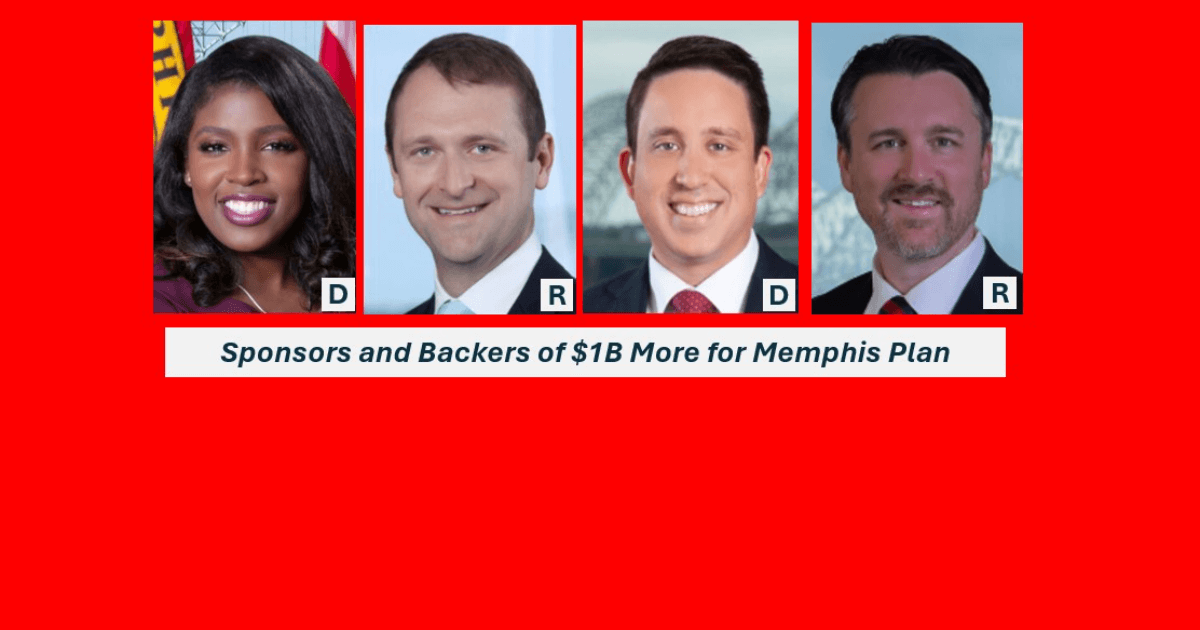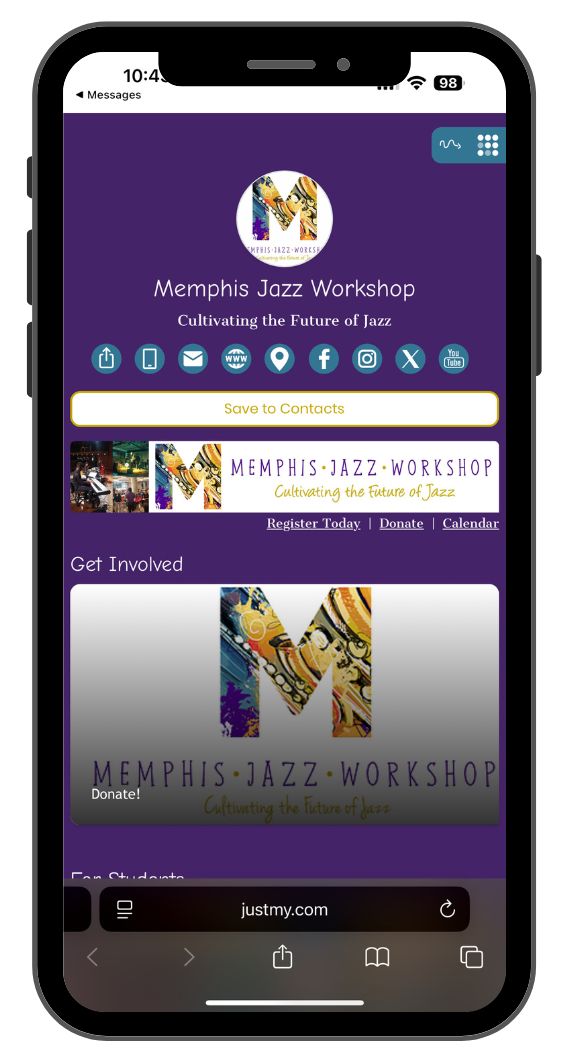

I prefer public AND private, not the incestuous confusion that comes with public-private partnerships. Public-private partnerships are typically non-transparent while shifting financial risk to the tax paying public. But if publicly transparent, measured and properly fiscally managed, public-private partnerships (PPP) have the potential to work.
This is because PPPs, in theory, promise public transparency, collaborative funding and the efficiency of the private sector. But in practice, the former public benefits are rarely realized due to inadequate checks and balances. To that extent, this blog will work from the currently proposed $1.4B Seeding Success More for Memphis (MFM) PPP plan to propose a methodology for how large PPP initiatives can be publicly checked to facilitate community betterment. Multiple coherent views of the entire $1.4B Seeding Success MFM budget have been published on the Taxpayer Justice Institute website.
Public concerns regarding PPPs and delegated authority are on target. After all, in the wake of Memphis River Parks Partnership (MRPP), Memphis/Shelby taxpayers are victims to recent public botches in the $10M Cobblestone Landing, $4M Mud Island and $7M Cossitt Library unfinished projects.
And as far as delegated authority, the failed MATA public transit system has left taxpayers holding the bag. It’s indeed probable that such a disaster could have been avoided had the City of Memphis fiscally managed transit expenditures as opposed to the lump sum annual granting of $30M. And then there are other examples of taxpayers holding the bag with, for example Millena Housing. By design PPPs shift financial risk to the public. Because of this reality, public transparency, measurement, and fiscal management are needed to decrease PPP public financial risk.
As proposed, Seeding Success proposes a non-transparent MFM plan. Non-transparent because the Seeding Success non-profit, as fiscal agent, would not be required to answer public information requests, hold public board meetings, or publish current financials. Further, Seeding Success proposes a MFM Governing Board. This proposed Board unnecessarily complicates the PPP oversight structure, while distancing Seeding Success, the publicly funded entity, from direct public oversight.
At the same time, Seeding Success has professional, fundraising, and local networking capacity that should be leveraged for community betterment coupled with their ability to navigate multiple public bureaucracies that address a chief local concern in public education. These attributes position Seeding Success with the potential to deliver community betterment. So how can Seeding Success MFM plan implementation, through joint City/County ordinance, be structured to best insure checks and balances and community betterment?

First before answering the above question, let’s get an idea, from the above table, of what Seeding Success MFM is proposing, in public expenditures. The $1.4B total, previously mentioned, is a summary capture of the $1B in public and $400M touted in the MFM plan. The following figures are more exact, coming directly from the MFM plan detail and with a focus on public funds. 80% of the following public dollar expenditures comes from local sources: YR1-$220M, YR2-$153M, YR3-$172M, YR4-$182M and YR5-$187M. The grand total in public dollars of the former is $914M. Besides paving roads, the public MFM funds go to address just about every service that local government is already supposed to be performing, to include: 1) Youth and Education, 2) Economic Development, 3) Arts and Culture, 4) Community Development, 5) Health-Well Being and 6) Justice and Safety.
As a quick trade off analysis, know that for every $5M in public dollars, that funds about 13 public jobs over 5 yrs. As far as one-time funds, for every $100M, that renovates 10 schools or builds 1 new school. To raise $100M in public funds, will cost approximately $137 per year in increased property taxes for every $100K of appraised residential property value. So, if a tax increase to fund MFM were enacted the public should know what is going on with their tax dollars. Even without a tax increase, the public should know what is going on with tax dollars, but they really don’t, especially with PPPs.
Also know that Seeding Success is not a public government branch but a non-profit. The Seeding Success MFM proposed joint City/County ordinance treats Seeding Success like a public department, to be included in annually proposed Mayoral budgets. And then know Seeding Success, as a non-profit, is not required to be publicly transparent and accountable, unlike a public branch of government. This reckless inconsistency, in the joint ordinance, demands attention through amending the ordinance or rejecting it as proposed.
So how can the Seeding Success MFM ordinance be structured to best insure checks and balances and community betterment? The following recommendations assume Seeding Success as the administrator for the MFM initiative. The recommendations also exclude any criticisms of MFM programming or arguably exclusionary divisive marketing plan language while engaging the specific topics of public transparency, measurement, and fiscal management. The recommendations are as follows:
Public Transparency – All Seeding Success board meetings are open to the public while Seeding Success answers public information requests and publishes annually audited and monthly current financials within 45 days of the end each month. Without transparency, annually audited and current monthly financials, the public is blind to what is happening with tax dollars on a current basis. And without public board meetings, public concerns regarding public fund use go unheard.
Public Measurement – Seeding Success public impact evaluation can only occur with publicly administered measurement systems that standardize on and leverage public data. Measurement of public funds is not an exercise that should involve collaboration with private entities. The public entity for this work would be the County as the primary funder of education, workforce, and economic development.
Public Fiscal Management – Away from annual and lump sum granting, public government will maintain fiscal agency and release funds against appropriately priced and performed contract deliverables and will advance to Seeding Success no longer that one quarter of operational funds. Annual and lump sum granting of public funds to PPPs has not worked for Shelby County community betterment. Private funding would be validated prior to the release of public funds.
Ideally, public funding bodies would evaluate and discuss Seeding Success/MFM financial information, public data, and contract deliverables without presentation prompts. Public comments by Seeding Success and the public would follow, at least quarterly, at regularly scheduled Seeding Success evaluative public funding body discussions.
So yes. Public private partnerships have the potential to work for community betterment when coupled with public checks and balances.

Put your business in front of thousands of LOCALS! Create your free listing on the NewsSTAND and update your profile anytime to share the latest info, specials, and contact details.

Got a story to Share? Pitch your idea or write an article for the NewsSTAND! Join us in highlighting the positive and powerful moments that make our city shine.

We’re passionate about working together to amplify our City. Reach out to the NewsSTAND team to explore collaboration opportunities and make a difference in our community.
Hover over each card to unlock the full story and see what you’re about to get!







